Different vistas: James Welling channels Andrew Wyeth for Brandywine show
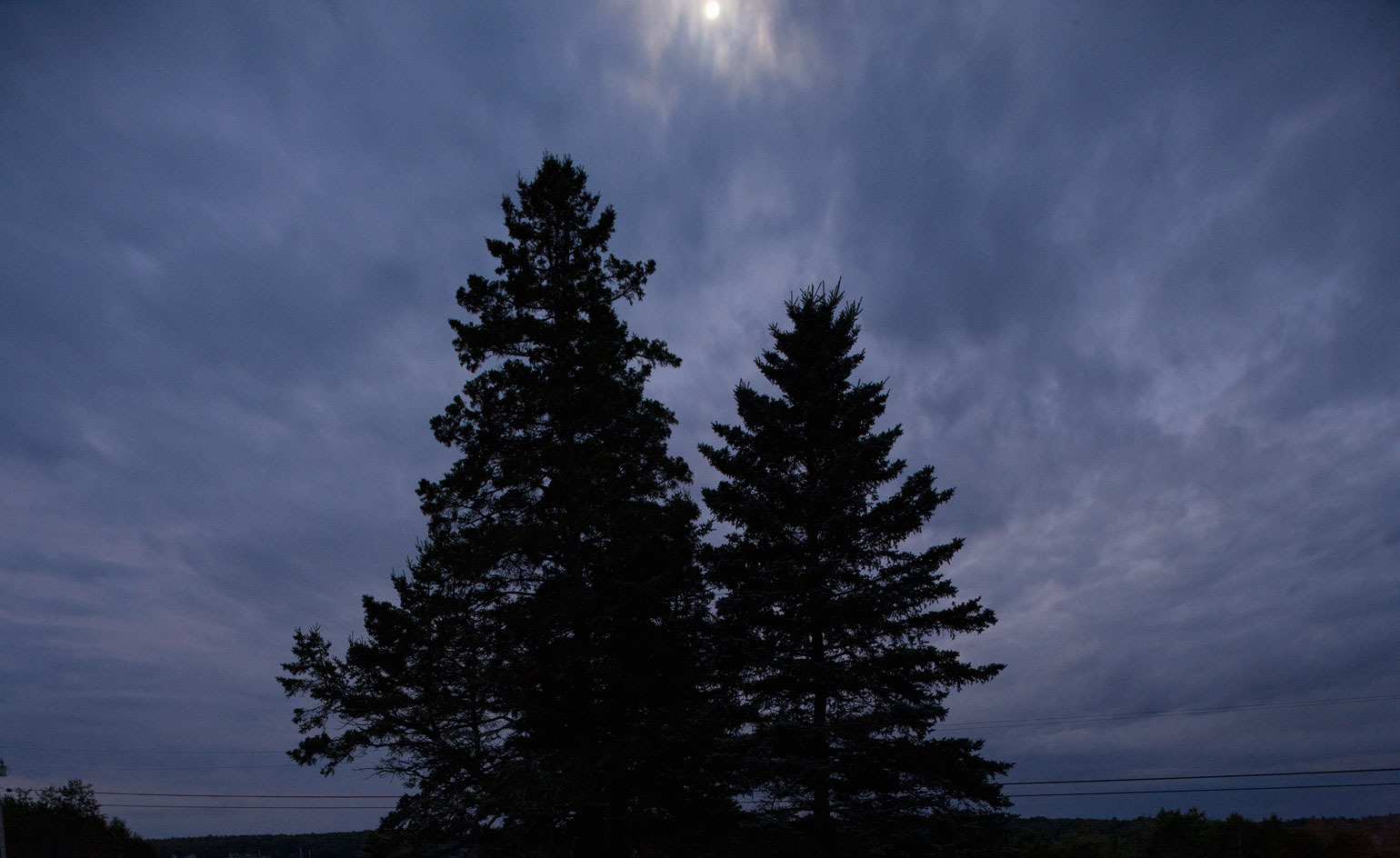
The art world doesn't know what to do with Andrew Wyeth, who died in 2009 at the age of 91. Some count him – wrongly – as a realist, while others put him out to pasture with the regionalists. New York's Museum of Modern Art (MoMA) has marooned his best-known work – the lone Wyeth in its collection – in the fifth floor lobby.
'MoMA has such a conflicted relationship with Christina's World,' says artist James Welling, a long-standing Wyeth admirer. 'It's by the elevator, but you see all the tourists there.' Welling decided to take matters into his own hands, immersing himself in Wyeth's work over the last five years to create a series of photographs, a selection of which are on view until mid-November at the Brandywine River Museum of Art in Chadds Ford, Pennsylvania.
A semi-rural community bordered on three sides by bustling suburbs, Chadds Ford is Wyeth country. Works by three generations of Wyeth artists (NC, Andrew, and Jamie) dominate the museum's collection, housed in a former 19th-century gristmill on the banks of the Brandywine River, and extend to its historic properties: the house and studio of NC Wyeth, the Andrew Wyeth studio and Kuerner Farm, all open for charming seasonal tours. In making the 50 inkjet prints in 'Things Beyond Resemblance', organised by guest curator Philipp Kaiser, Welling spent much time here and in Wyeth's summer home of Cushing, Maine.
'I'm looking at Wyeth. I'm also looking at Wyeth's influence on me and making my own work in this site,' says Welling. 'So it's going to the same places that Wyeth visited or worked in and then seeing what I can find there. 'He found some vistas untouched by time and others in ruin, and discovered elements of scenes dramatically manipulated by Wyeth and others he painted just as they were. Welling's interpretations exhibit a similar range, with some images re-staging or reframing the compositions of Wyeth (in the 2010 version of Christina's World, there is no Christina) and others sampling, compositing, or inverting them, often shedding new light on their absent subjects as they explore the possibilities of photography.
'Jim has brought such an interesting new view to Wyeth, because he's honed in on so many things about the way Wyeth looked at this landscape and at other things that were of interest to him,' says Thomas Padon, director of the Brandywine River Museum. 'This dialogue that Jim has set up over decades is fascinating.'
Hooks, 2010, is a meditation on the Kuerner family, the German immigrant neighbours in whom Wyeth found the ideal subjects for the blanched, chilly palette he favoured. Welling's set of six images depict iron hooks that jut from the white ceiling of the family's farmhouse's third floor. They are muscular and menacing forms, each positioned at the centre of the frame and unmoored from its domestic context and function. 'They were used to dry laundry and to age sausages,' explains Welling. 'The ominous hook shapes resemble letterforms, or runners on an old-fashioned sled.'
Welling also lingers purposefully on Wyeth's personal effects: his shelf of Dürer books, the paint-splattered carcass of his fleece-lined winter coat, his Anne Rice novel and reading glasses abandoned atop a block of watercolour paper. In Dry Pigments, 2011, a glass-jarred row of peacock blue powders sits between Wyeth's studio window and a well-used pencil sharpener. Their vibrant hues come as a surprise. 'His subdued egg tempera paintings were created using earth colours but also intense greens, blues, reds, and oranges,' notes Welling.
A further exploration of colour takes the form of an accompanying site-specific installation by Welling that combines photography and sculpture. Gradients, the first in an ongoing series of outdoor installations at the 200-acre museum, comprises bands of colour printed onto metal plates of various sizes that are mounted on walls, stakes and signposts. They are feats of Photoshop's gradient mapping tool applied to photographs Welling took in July of sites around Chadds Ford that were particularly important to Wyeth. 'I'm sampling colours from photographic digital space, putting these bands of colour together, and then repositioning them in the landscape,' says Welling. 'So it's a mixture of the abstract with very real, phenomenological expression.'
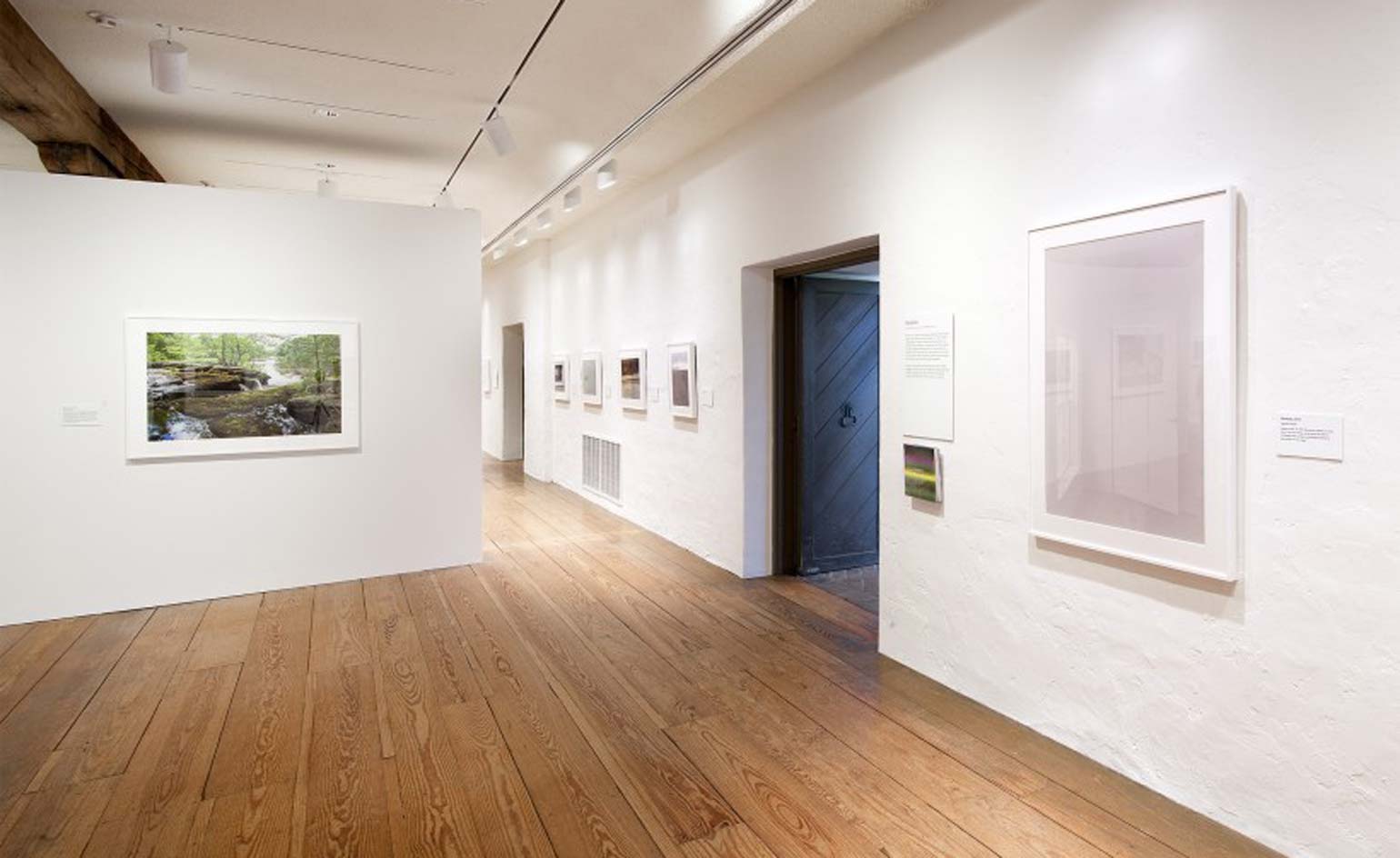
Concerned by MoMA New York's conflicted relationship with Wyeth's work, Welling decided to take matters into his own hands. The result was 'Things Beyond Resemblance: James Welling Photographs' at the Brandywine River Museum of Art in Chadds Ford, Pennsylvania

The exhibition is comprised of 50 inkjet print works.
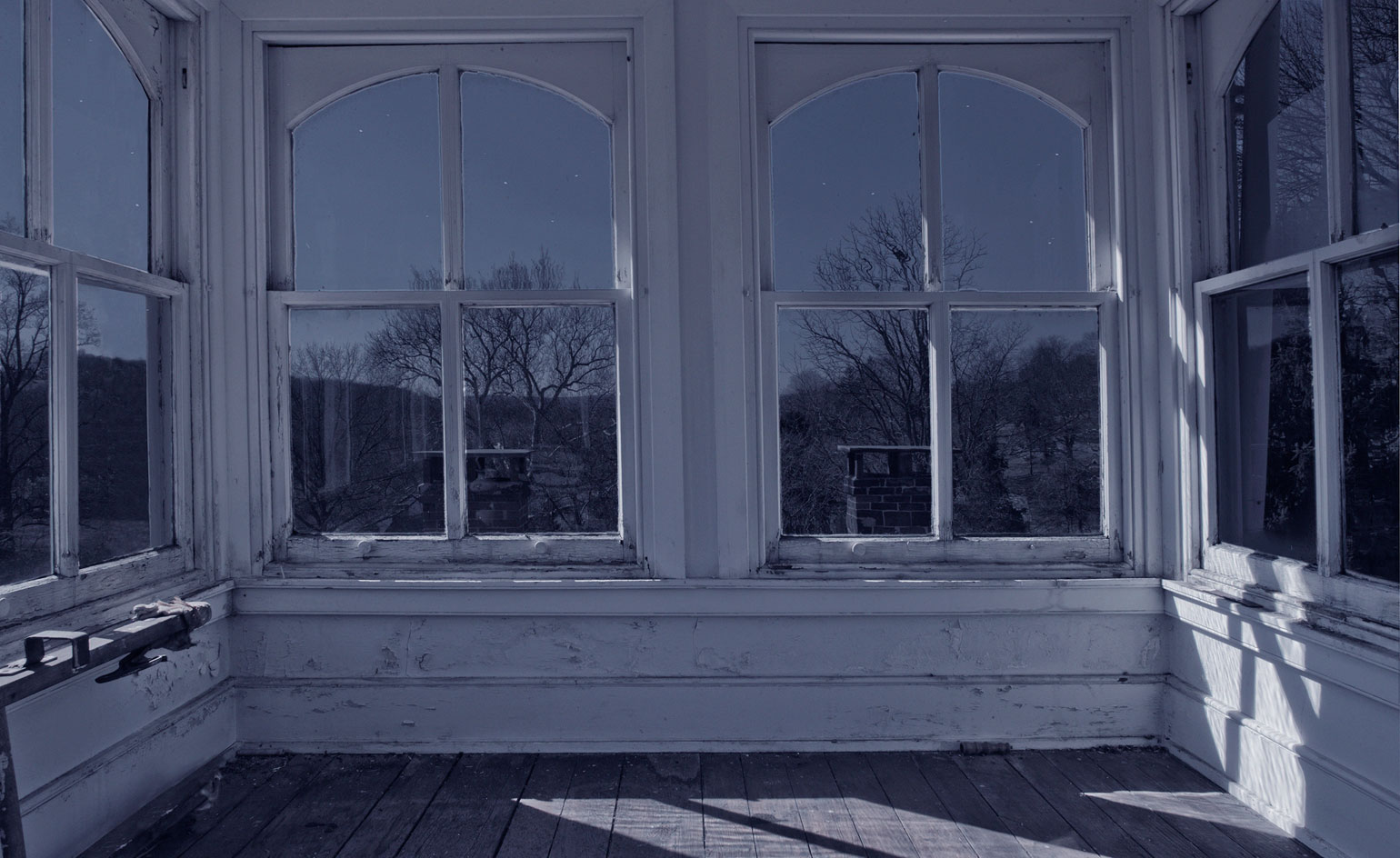
'Jim has brought such an interesting new view to Wyeth, because he's honed in on so many things about the way Wyeth looked at this landscape and at other things that were of interest to him,' says Thomas Padon, director of the Brandywine River Museum of Art, where the series is being exhibited.
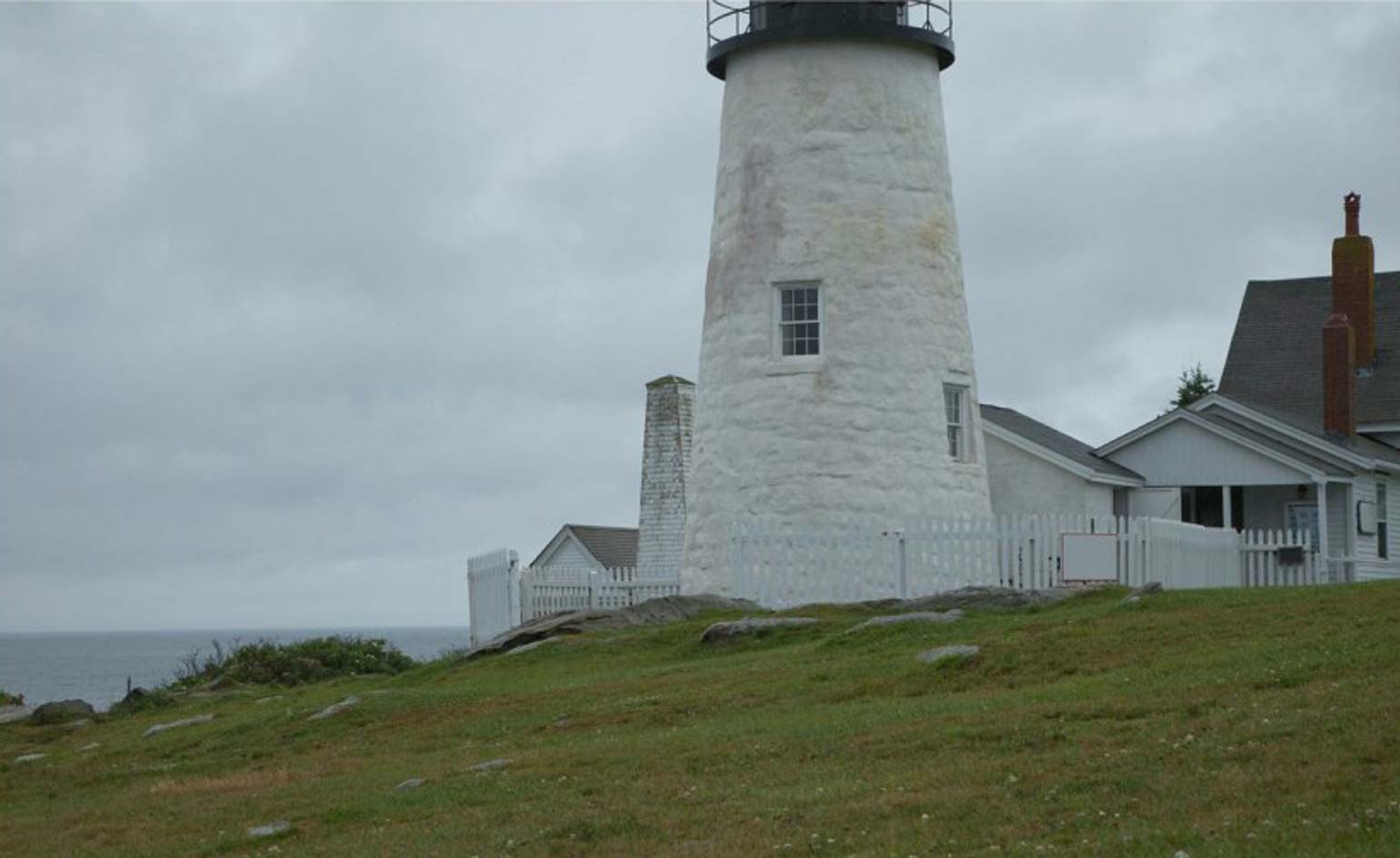
I'm looking at Wyeth. I'm also looking at Wyeth's influence on me and making my own work in this site,' says Welling. 'So it's going to the same places that Wyeth visited or worked in and then seeing what I can find there.'
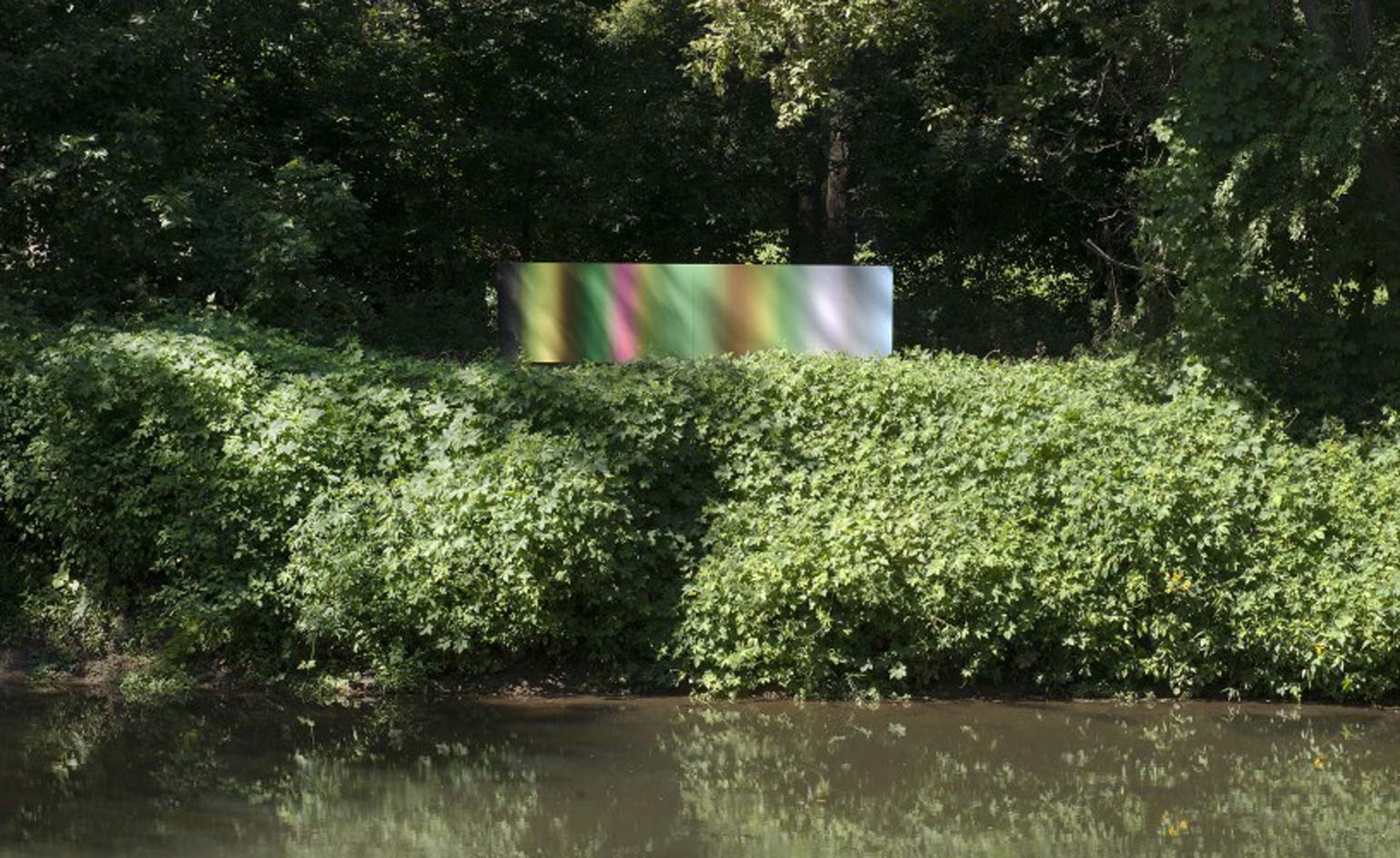
The exhibition of prints is also accompanied by a site-specific installation by Welling, Gradients, that combines sculpture and photography
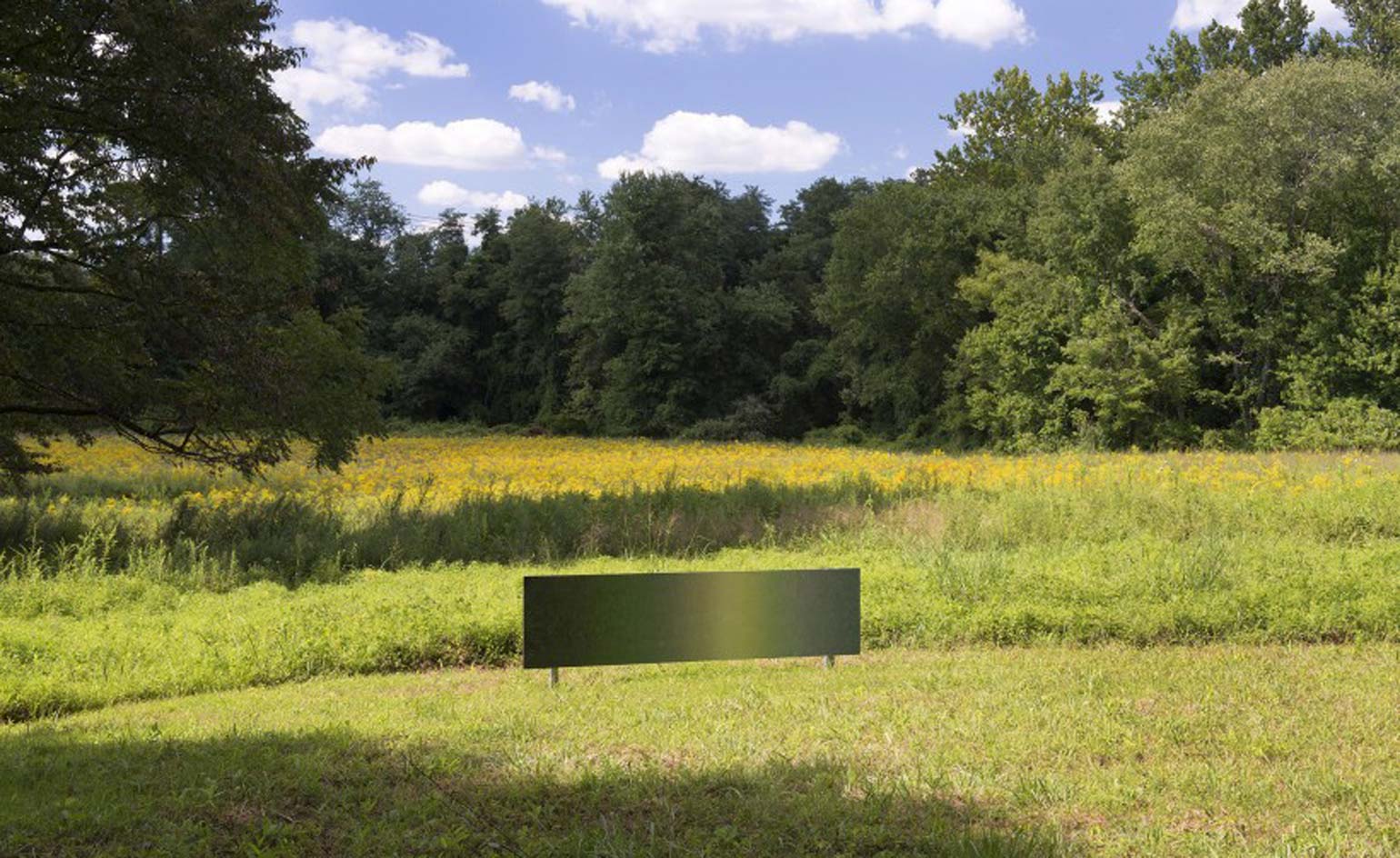
The first in an ongoing series of outdoor installations for the 200-acre museum, the sculptures are made of bands of colour printed on metal plates in various sizes, that are then mounted onto signposts, walls and stakes
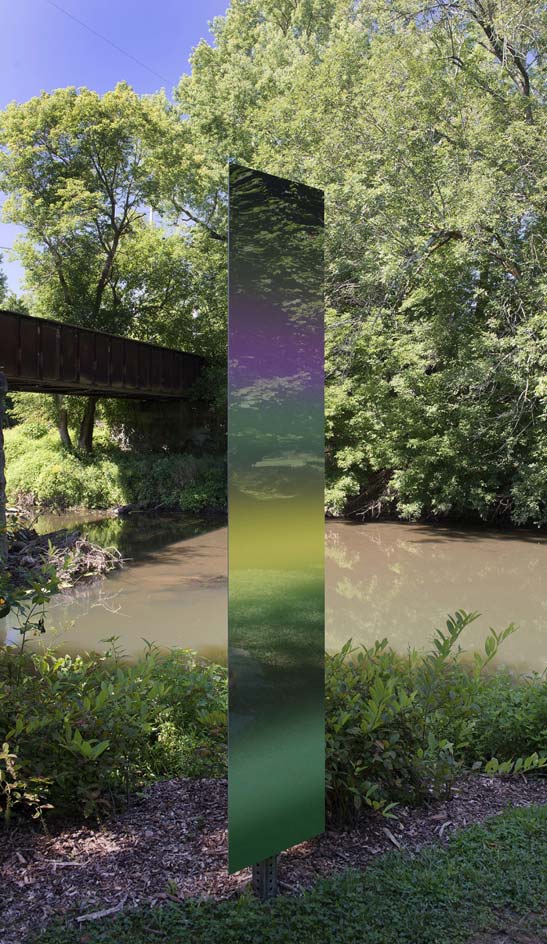
'I'm sampling colours from photographic digital space, putting these bands of colour together, and then repositioning them in the landscape,' says Welling. 'So it's a mixture of the abstract with very real, phenomenological expression'
ADDRESS
Brandywine River Museum of Art
1 Hoffman's Mill Road
Chadds Ford
PA 19317
Receive our daily digest of inspiration, escapism and design stories from around the world direct to your inbox.
Stephanie Murg is a writer and editor based in New York who has contributed to Wallpaper* since 2011. She is the co-author of Pradasphere (Abrams Books), and her writing about art, architecture, and other forms of material culture has also appeared in publications such as Flash Art, ARTnews, Vogue Italia, Smithsonian, Metropolis, and The Architect’s Newspaper. A graduate of Harvard, Stephanie has lectured on the history of art and design at institutions including New York’s School of Visual Arts and the Institute of Contemporary Art in Boston.
-
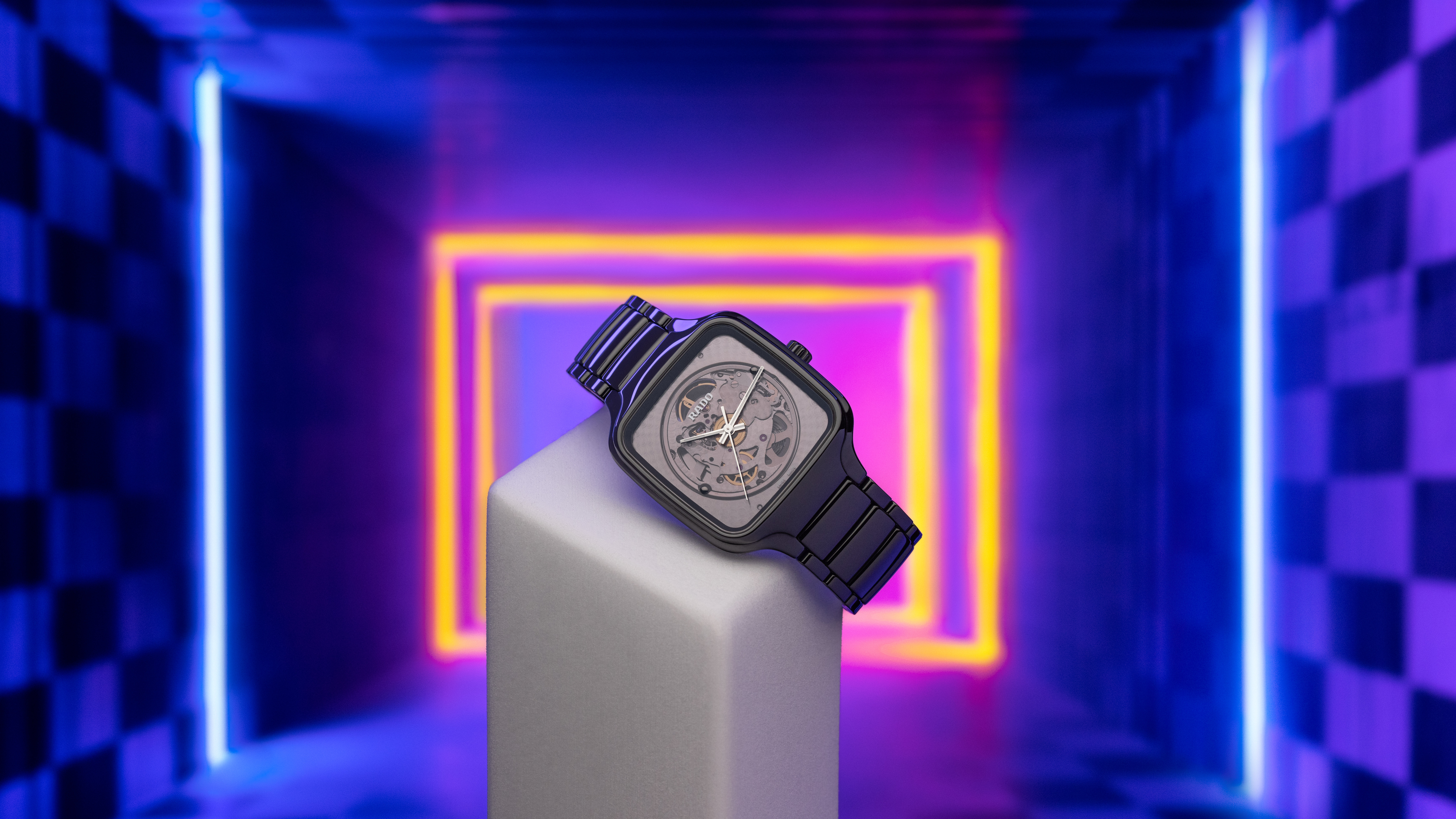 Why are the most memorable watch designers increasingly from outside the industry?
Why are the most memorable watch designers increasingly from outside the industry?Many of the most striking and influential watches of the 21st century have been designed by those outside of the industry’s mainstream. Is it only through the hiring of external designers that watch aesthetics really move on?
-
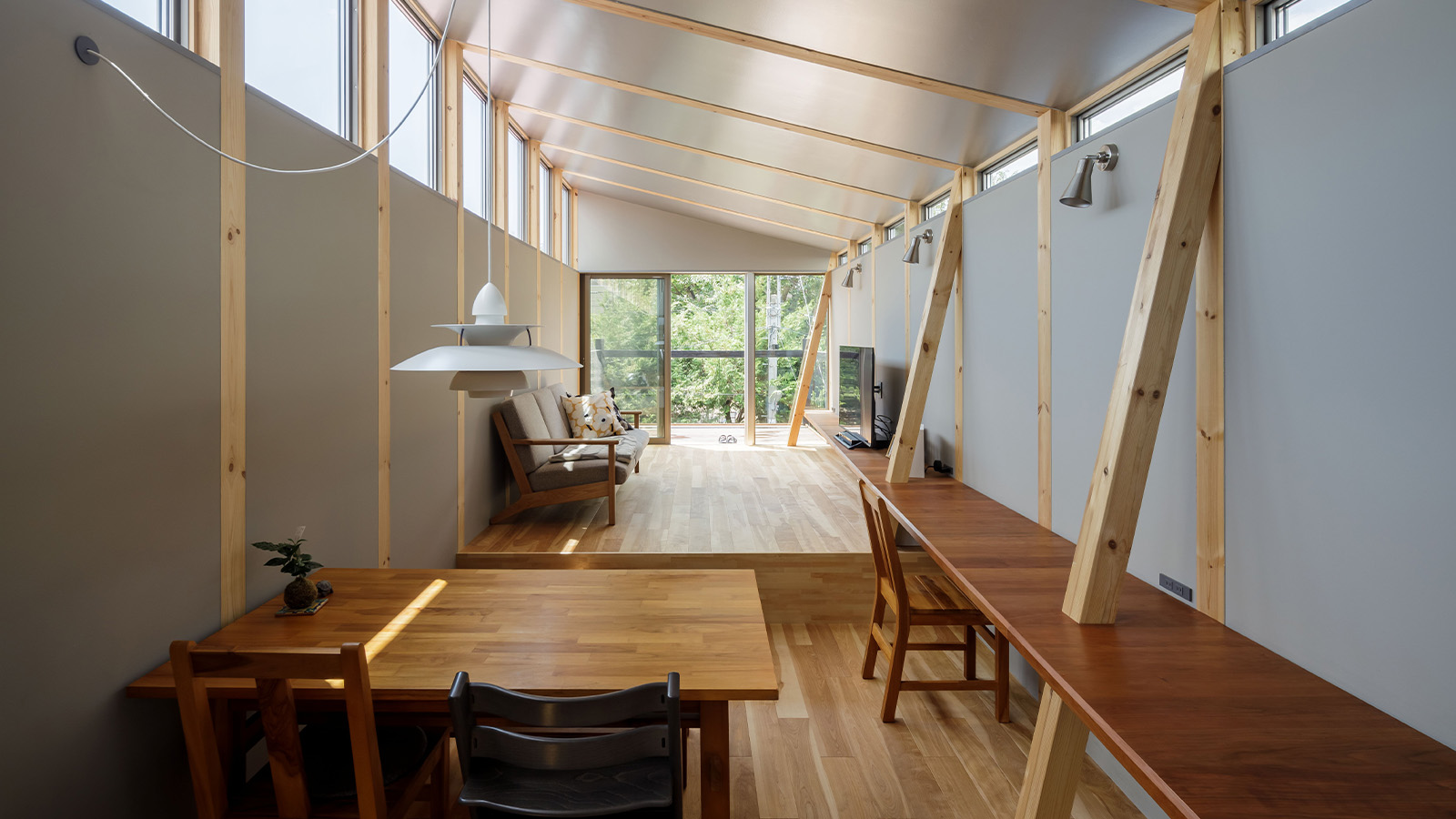 This Fukasawa house is a contemporary take on the traditional wooden architecture of Japan
This Fukasawa house is a contemporary take on the traditional wooden architecture of JapanDesigned by MIDW, a house nestled in the south-west Tokyo district features contrasting spaces united by the calming rhythm of structural timber beams
-
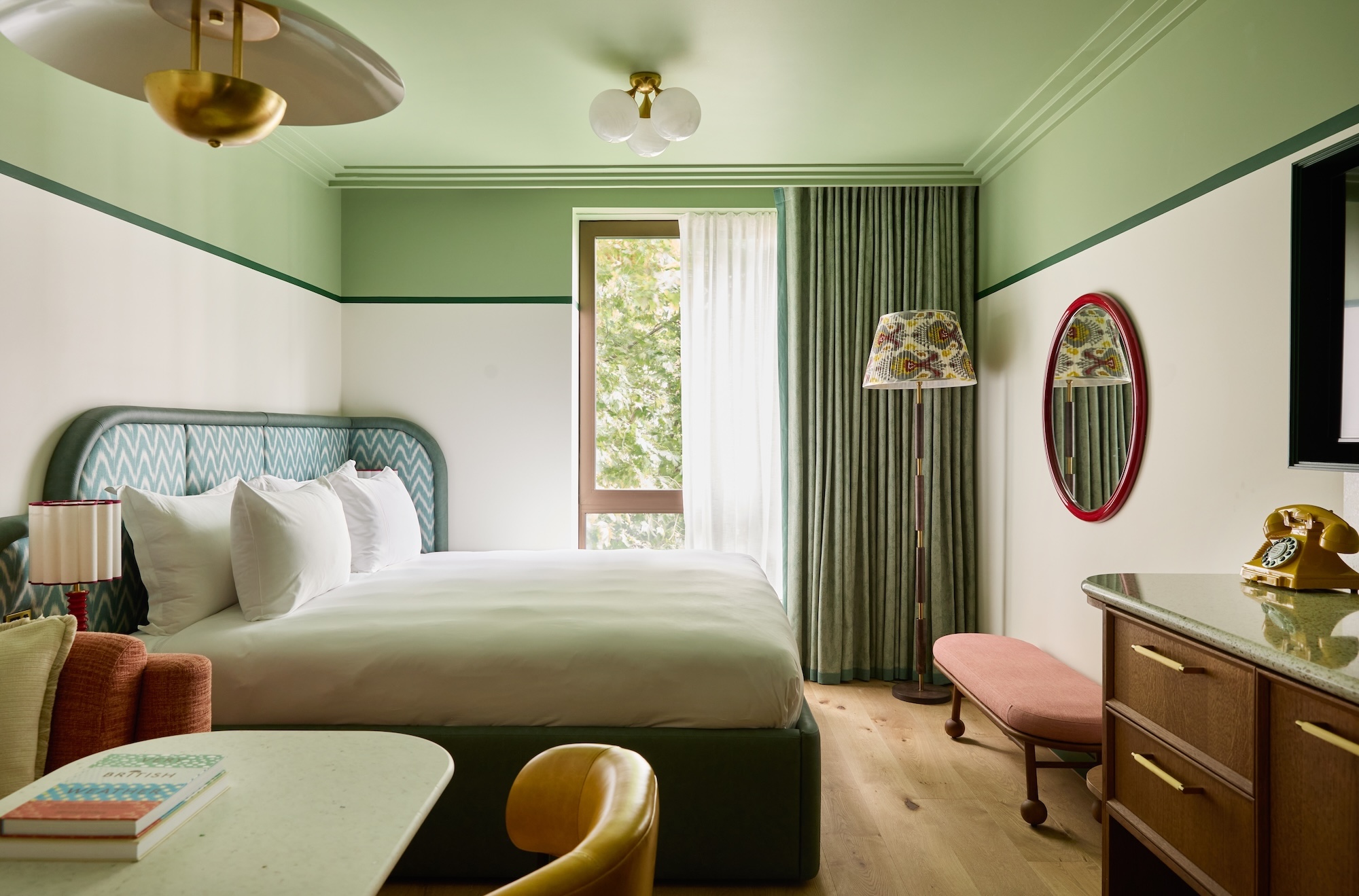 At last: a London hotel that’s great for groups and extended stays
At last: a London hotel that’s great for groups and extended staysThe July London Victoria, a new aparthotel concept just steps away from one of the city's busiest rail stations, is perfect for weekends and long-term visits alike